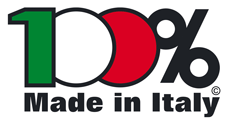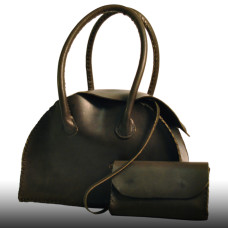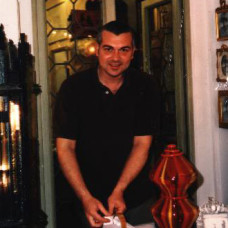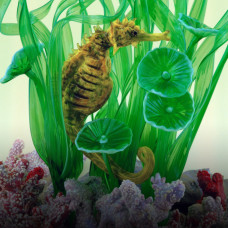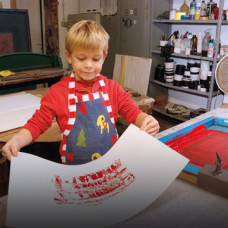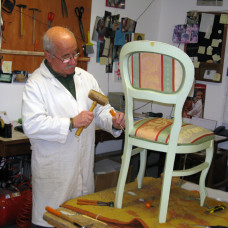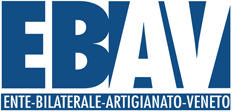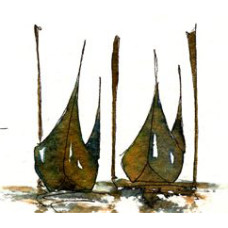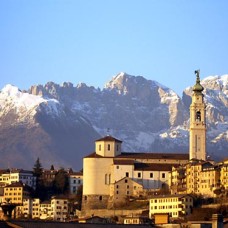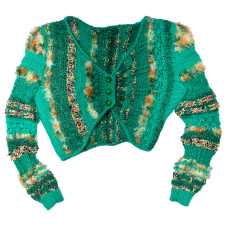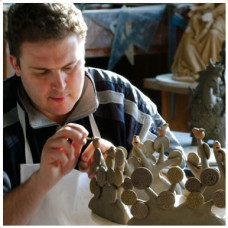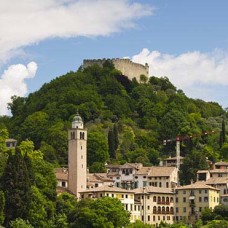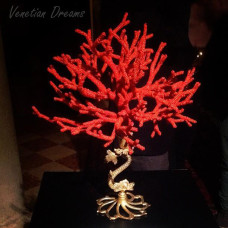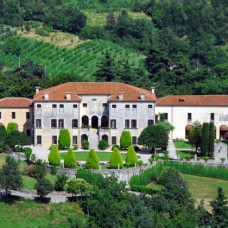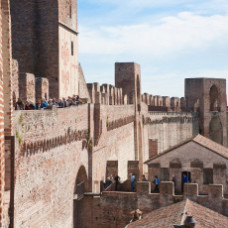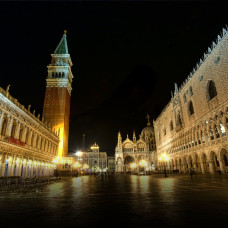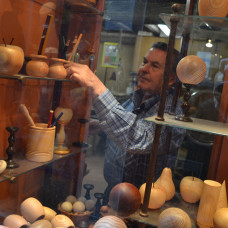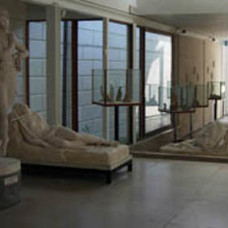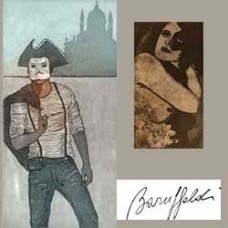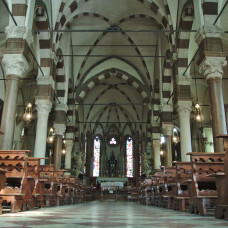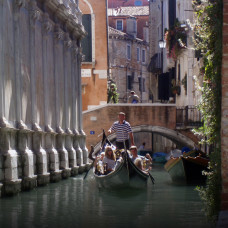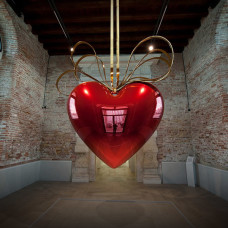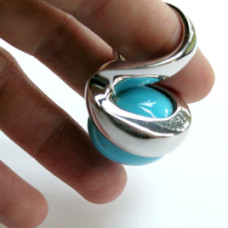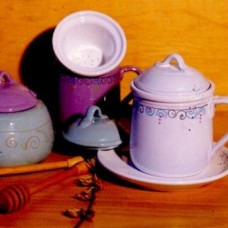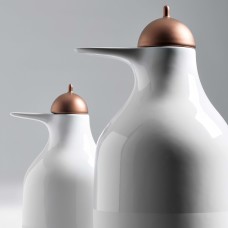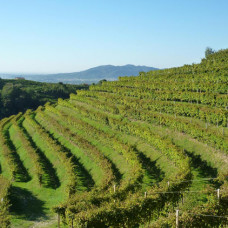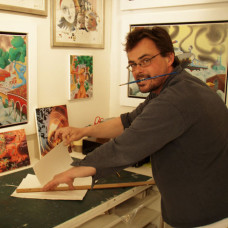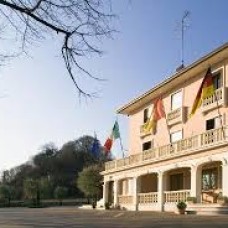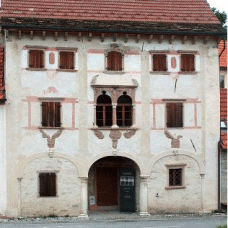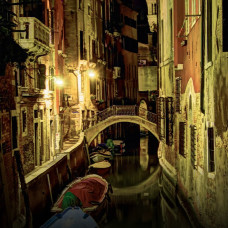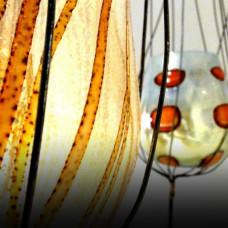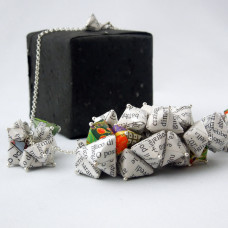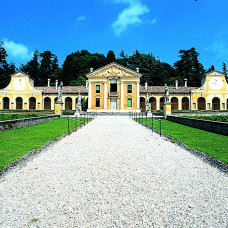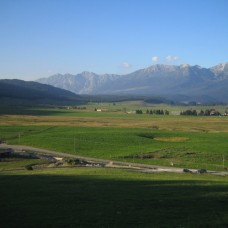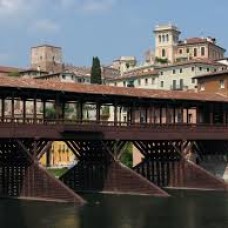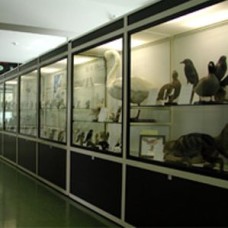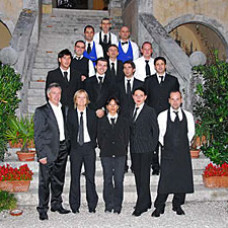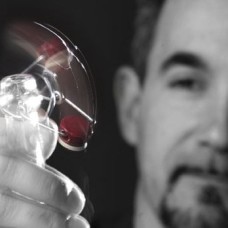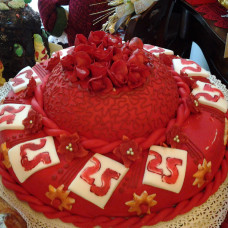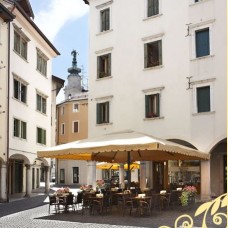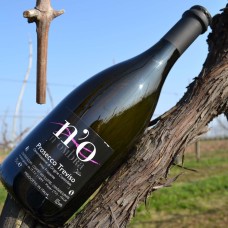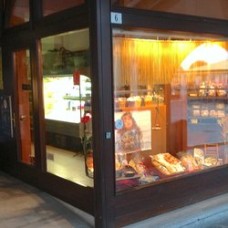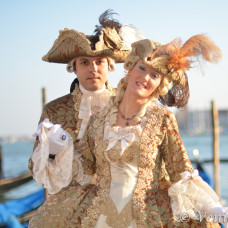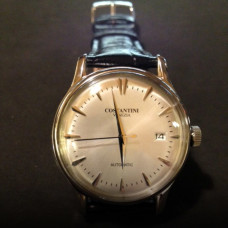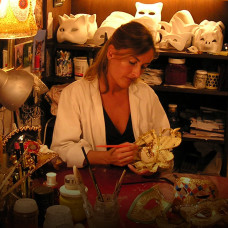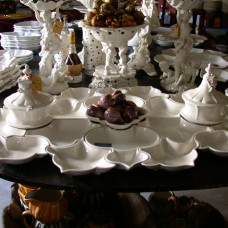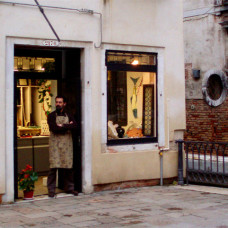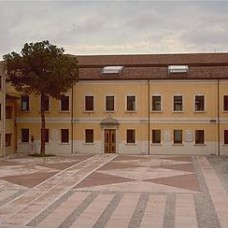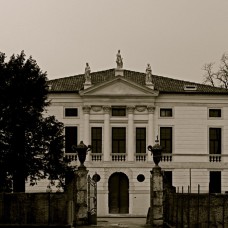
Art and handicraft in a true Venice
The district (Sestiere) of Cannaregio is one of the largest in Venice. The walk we are proposing today will bring you to the so-called "high" zone, which borders with the districts of Castello and San Marco. From the Fondamente Nove it is possible to admire the enchanting lagoon surrounding the island of San Michele (a monumental cemetery in which many famous people rest) as well as the island of Murano. Rich in history, this area is a cradle of tradition, culture and craft. It has remained untouched by mass tourism and for this reason it shows a special perspective of the true Venetian lifestyle. The streets (called calli if internal or fondamenta if along a canal) offer visitors moments of silence and a special familiar atmosphere. Although close to the Strada Nova (the main artery linking the railway and the centre), and to the more famous and frequented routes to Rialto and San Marco, here you can savour a Venice of almost another era, where around every corner an exciting view awaits, where people are friendly and kind, where the art of handicraft always keeps up to date while remaining as unique and passionate as always.
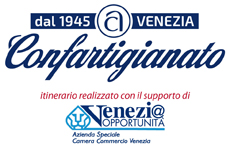
It is not difficult to reach San Giovanni e Paolo and be struck by its beauty: just after Piazza San Marco, the square (campo in Venetian) entitled to Saints John and Paul is certainly the most monumental and the richest in historical, architectonic and artistic suggestions. Pulsating centre of city life, it is one of Venetians' favourite city places; here in fact time flows happily, among children playing, multicoloured shops and bars with outdoor seating. By crossing the bridge to Calle Larga Gallina this "Venetian life" becomes tinged with magical and fascinating colours: a rainbow of shops, Venetian dialect and Italian blend into a rich and inviting sound, the lagoon atmosphere will enfold and accompany you. Here’s an admirable example: at the house number 6376/A you are invited to enter Marina De Grandis’ shop, a restoration technician of ancient books since 1991. The artist discovered early on that manual work was her passion, at first with the traditional and artistic bookbinding as well as with the restoration of books and paper documents. Such activities allow her to become familiar with leather, its history, its composition, its characteristics and ductility, leading her art to making handbags for both men and women. All Marina's works are designed, created, cut and sewn by hand. Her passion for tradition is evident by just admiring her tools, that are as simple as those that could be found in workshops before the industrial era.
Continuing along Calle Larga, enjoying the scents and colours of Venetian life, through typical and unforgettable views, you can reach Campiello Widmann; in this quiet square you can admire Palazzo Widmann Rezzonico, an early work of the architect Longhena, an example of buildings of the Venetian baroque era still in good condition. It is a large complex with a courtyard. From the outside you can see the portal with tympanum and the consoles of the balcony. The inside of the palace is very original, thanks to the octagonal glass windows on the main floor. Several eighteenth century decorations are well preserved such as the stucco in an alcove by Giuseppe Maria Mazza and the ceiling frescoes by Gaspare Diziani.
The famous Calle del Fumo starts from this campiello (small square). It is a narrow street that leads directly to Fondamente Nove, a perfect telescope towards the lagoon. Here, at the house number 5311, you can find Vittorio Costantini’s historic workshop I vetri d'arte (artistic glass), established in 1974. In 1991 it became a family business, with the participation of his wife, joined for a few years by their son Davide. The policy of Vittorio and his wife has always aimed at raising awareness of the "lampworking" technique worldwide, by participating in cultural exhibitions in Europe, the USA, Japan and at international conferences on glass. With the experience gained in various furnaces during the 60s and early 70s, Vittorio is able to create very unique and difficult objects, by using the special skills he has refined over the years. In the workshop you can admire these artistic handcrafted wonders: in particular the portrayals of wildlife are so impressive in their beauty and precision that they seem real.
At the end of Calle del Fumo, the beauty of the lagoon will appear, to the delight of your eyes: the island of San Michele, in front of you, with its monumental cemetery, and a little more to the left, on the horizon, the island of Murano. On particularly clear winter days it is not difficult to glimpse the snow-capped mountains in the background.
You can walk along the Fondamente Nove, a place always caressed by the wind, until you find on your left the square Campo dei Gesuiti with the homonymous church. The Chiesa dei Gesuiti, which was bought in 1657 by the Jesuits, was renovated in 1715 according to a design by Domenico Rossi. He was wise enough not to damage the funerary monument of the Da Lezze family, located on the inner face of the entrance. The church houses the famous altarpiece of the Martyrdom of St. Lawrence by Titian, as well as artwork by Tintoretto and Palma il Giovane. Stop off on the benches of the square, where you can converse with some Venetians, or just enjoy the deep silence.
Once you have crossed the bridge that takes you to the Salizada Sceriman, at house number 4875 you can enter FallaniVenezia, the famous workshop of artistic silk-screen printing. In 1968 Fiorenzo Fallani began his experience with this printing technique, arrived from the United States, at its first appearance in Italy. Since then, in the workshop run by his son Gianpaolo, dozens of international artists have passed, from well-known names to promising young artists. They all find a place where to experiment with new ways of graphics, always supported by Gianpaolo, worthy heir of his father Fiorenzo, an interpreter always proactive and innovative to deal with. The Fallani Group is now renewing its laboratory in Venice in order to have greater visibility to the public and to the city by offering a range of products and initiatives to raise awareness of the Fallani screen printing and bring new artists to this printing technique: once you enter such a charming and historical place, you will leave amazed.
On Fondamenta Zen you can admire Palazzo Zen, residence of the Zeno family, consisting of three independent structures in an architectural unit. It was the noble Francesco Zen, with the help by his friend Sebastiano Serlio, that designed the transformation of the previous constructions that the family owned in this site, in order to create a single large monumental building, which better reflected the power of the family.
Once you cross a bridge to the left, Calle Zanardi leads to Ruga Do Pozzi. Here, at number 4165/A, you can visit one of the most typical workshops of Venetian handicraft, the Tappezzeria Vianello Giovanni. The activity of Giovanni Vianello's company is the result of three generations of traditional upholstering and interior design. The production, now managed by Davide, son of the historic owner Gianni, is addressed to individuals who want to furnish their home elegantly, as well as to those who possess antique furniture they wish to restore to its original beauty. The company also prepares museums and theatres and furnishes churches and hotels. You can admire the production of customized sofas and curtains of any kind, the laying of fabrics on walls, etc. The tradition of craftsmanship here lies in the quality and care of the work.
Now aware of the skill that maybe you thought lost, but which today continues to live thanks to these traditions handed down from father to son, you can keep walking through narrow streets and small bridges, until the Sacca della Misericordia (sacca is a cove in the lagoon, an area very often used for storage of excavated material from the canals as well as of debris arising from the demolition of buildings - the one of Misericordia is still intact, not covered with earth, and is currently partially used as a nautical port): stop here to enjoy a unique and unforgettable sunset.
Points of interest
Marina De Grandis, who obtained a diploma of restoration technician of ancient books in 1991, discovered early on that manual work was her passion. She ope...

For more than twenty years Antichità Lachin has been dealing with restoration of furniture of any age.
...

The workshop was opened in 1974 by Vittorio Costantini. In 1991 it became a family business, with the participation of his wife, joined for a few years by ...

In Cannaregio you’ll find the artistic silk-screen printing laboratory FallaniVenezia. In 1968 Fiorenzo Fallani began his experience with this printi...

The activity of Giovanni Vianello's company is the result of three generations of traditional upholstering and interior design. The production of Tappezzer...










